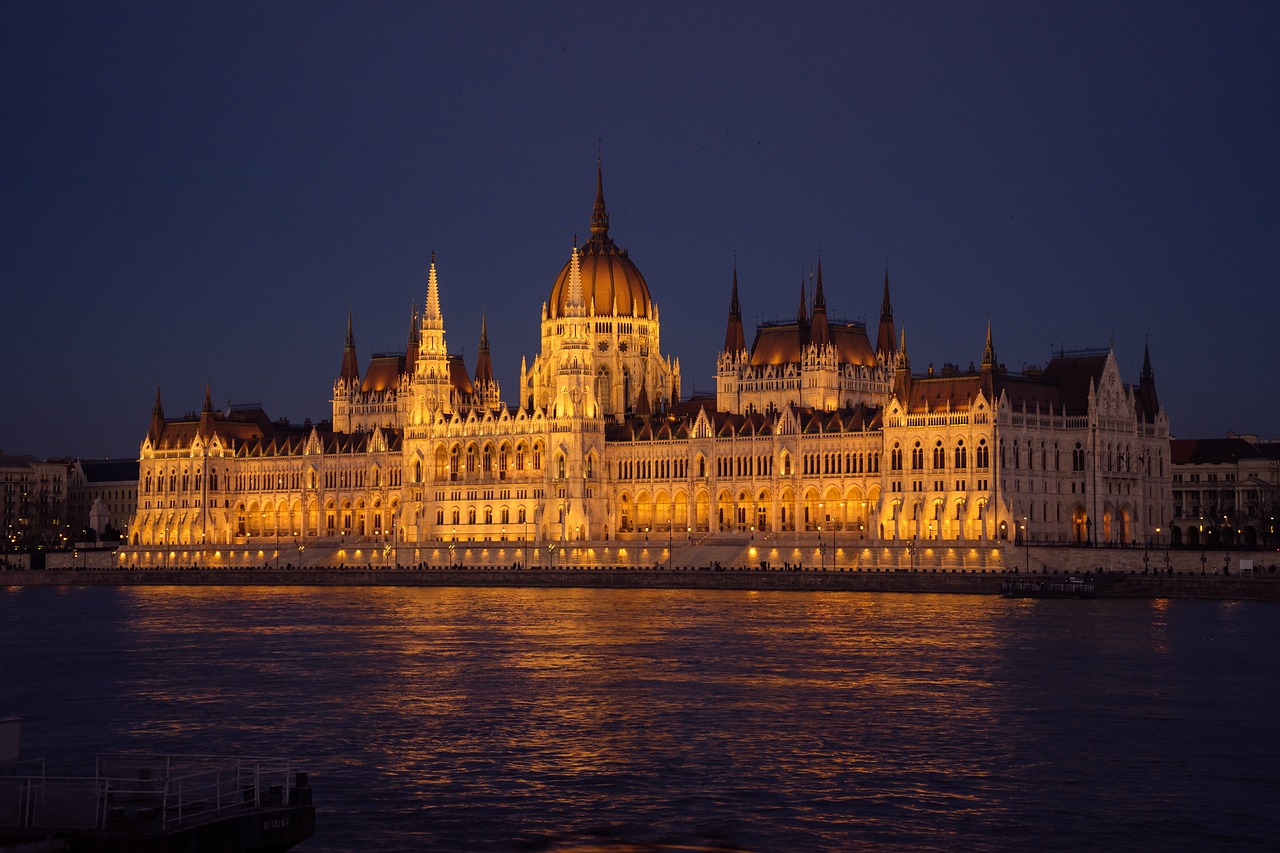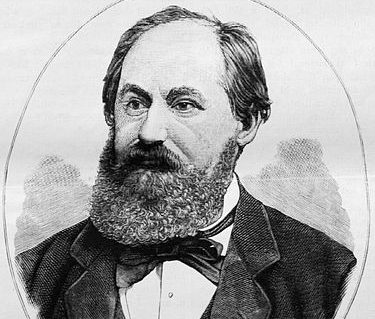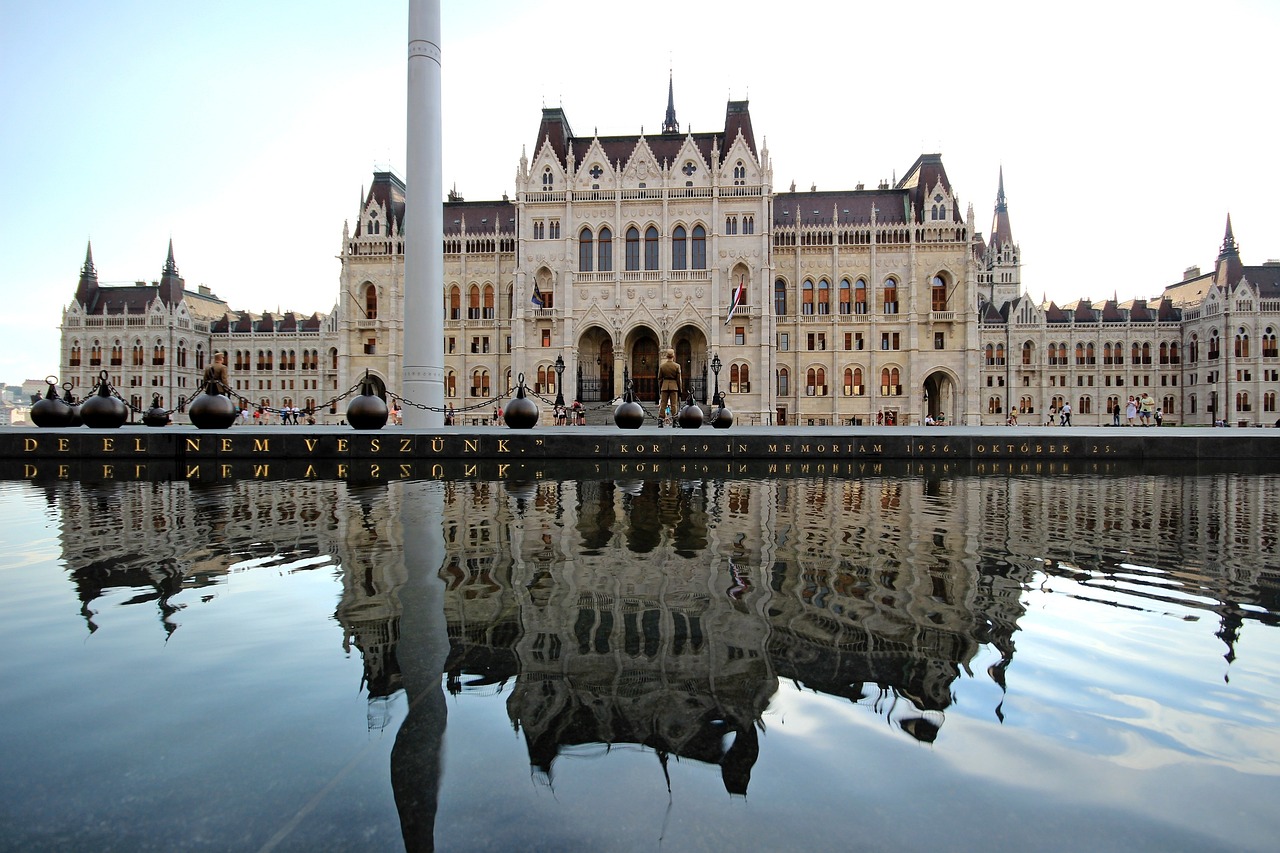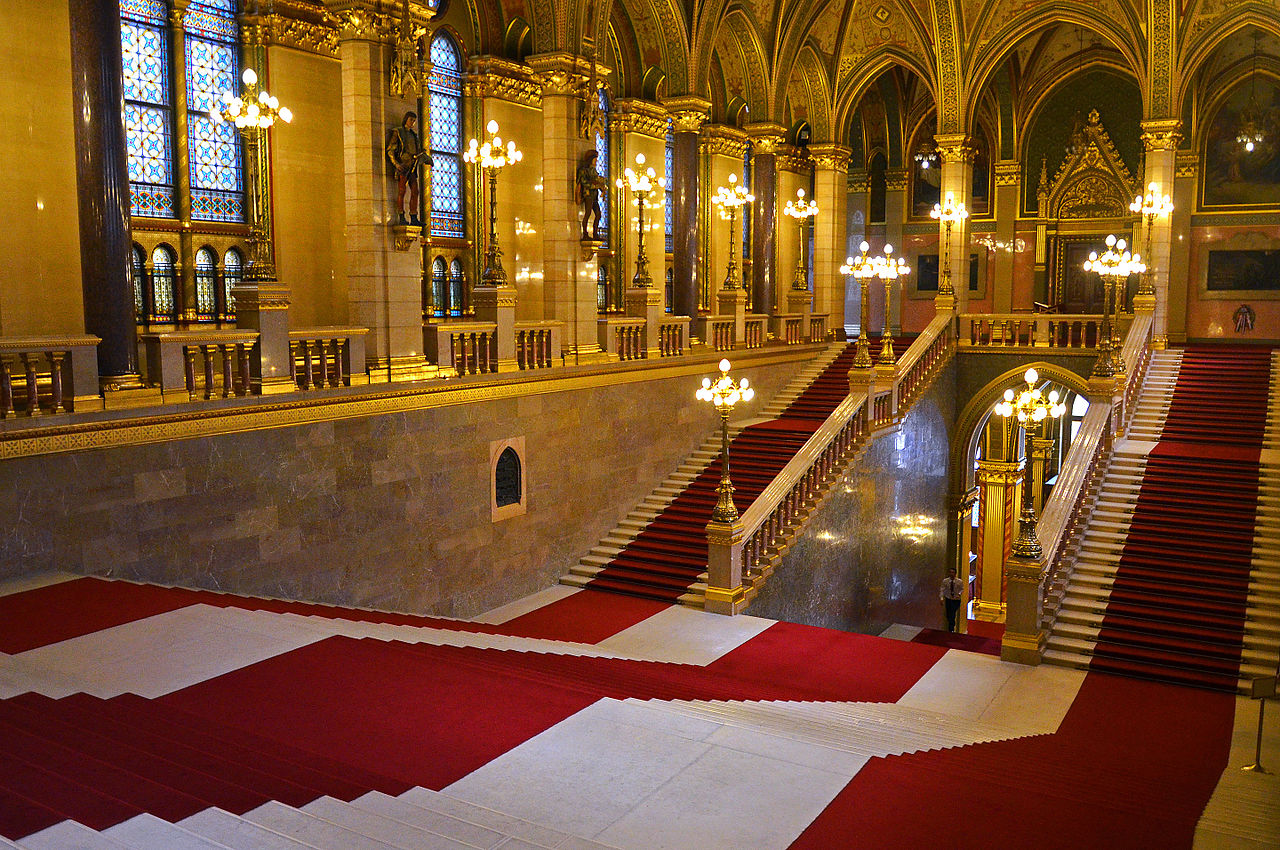
One of the most important buildings of Buda Castle will be saved.Continue reading

The Wall Street Journal has published an extensive article about the Parliament building in Budapest, Mandiner noticed. The author is an American architecture writer, Catesby Leigh.
As he begins: “Budapest Parliament House was completed not long before World War I drastically reduced the nation’s territory and population. But its architect’s admirably nondoctrinaire interpretation of the Gothic idiom represents an enduring cosmopolitan achievement.”
The architect of the outstanding building was Imre Steindl, a Vienna-trained professor at Budapest’s Technical University.

Imre Steindl. Photo via Wikipedia
In The Wall Street Journal article, Leigh describes the facade of the Hungarian Parliament building in detail, and draws a comparison between the Budapest building and its London “relative.” What they have in common is that both architectural marvels stand along a river. However, the Hungarian “Parliament House’s Danube front, which is far more modulated in massing and detail than its British counterpart’s elevation alongside the Thames, a majestic central dome is flanked by richly articulated, pinnacle-surmounted stone towers decked out with gargoyles and comic flagpole-clutching animals.”

Photo via Pixabay
The author of the article points out the structure of the building, emphasizing its similarity in size to London’s Houses of Parliament, the Palace of Westminster.
In addition to the exterior of the building, the interior decoration was also presented in detail by the journalist. “Superior craftsmanship in stained glass, wood, plaster, iron and bronze is generously deployed, and more than 85 pounds of gold enrich the building’s interior with gilt detail. Hungary’s history, myths and culture are portrayed in mural paintings—neo-Baroque allegories, realist historical scenes, gloomy castle landscapes—that contribute to the impressive range of decorative character encountered in halls and reception rooms.”

Photo via Wikipedia
“Inside, the rotunda beneath the central dome rises at the summit of a long, magnificent stair hall. Somberly lighted, it is ringed by a national statuary pantheon whose realistic polychrome figures are much more conspicuous than those on the exterior,” adds the author.

The main staircase in the building. Photo via Wikipedia
Leigh concludes with a thought that the Parliament House shows what Goethe meant when he spoke of architecture as “frozen music.”
It is one of those extremely monumental buildings whose grandeur was not only designed but also orchestrated.”
Via Wall Street Journal, Mandiner; Featured image via Pixabay